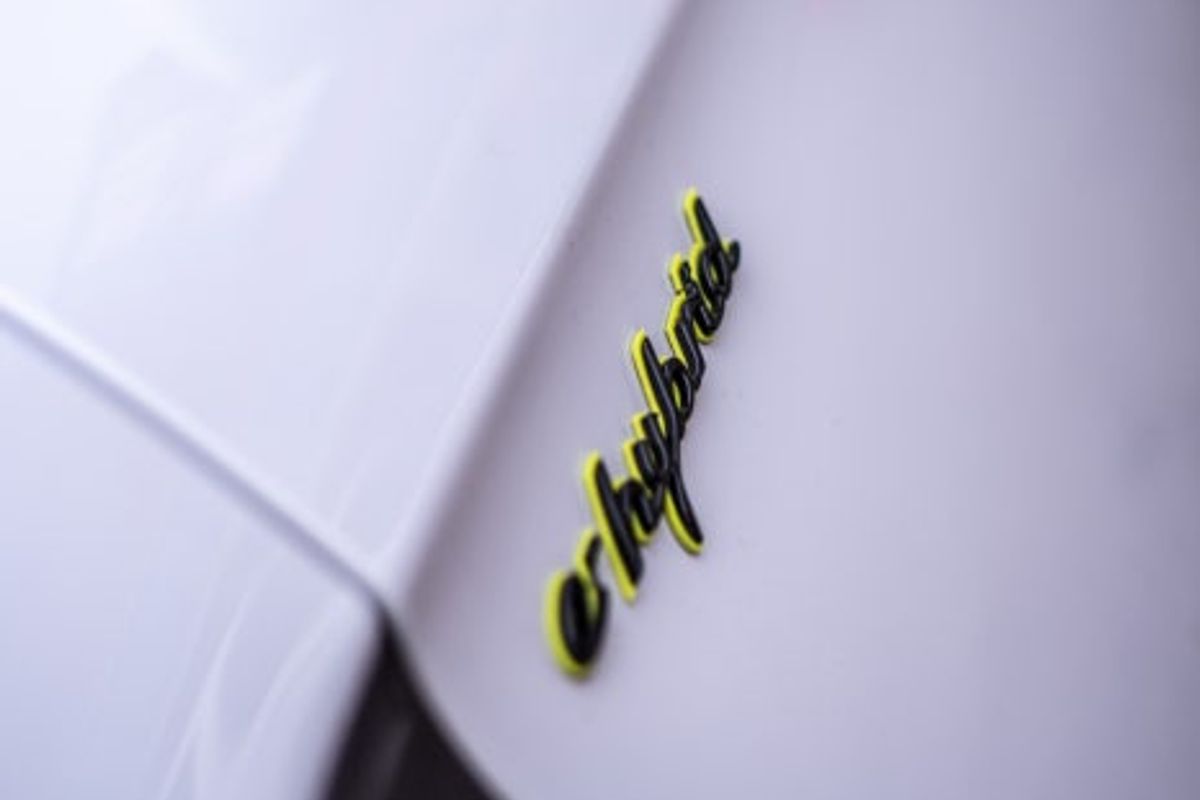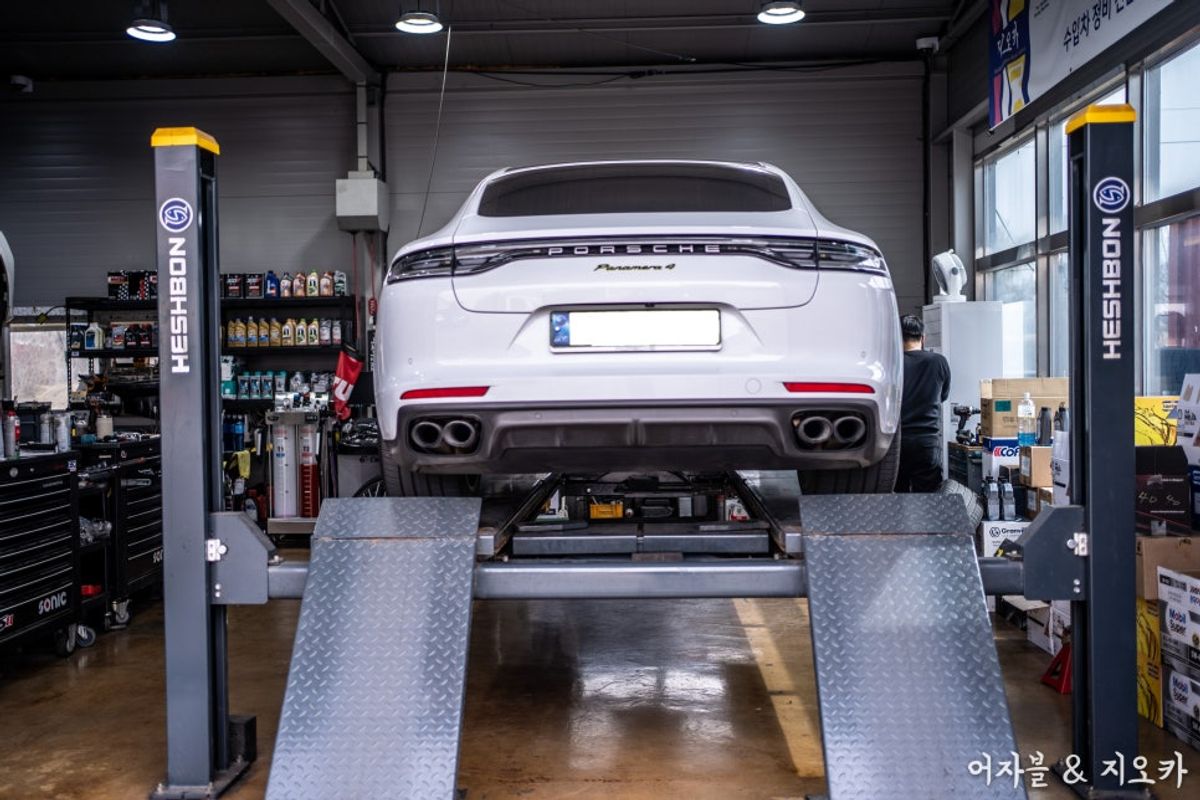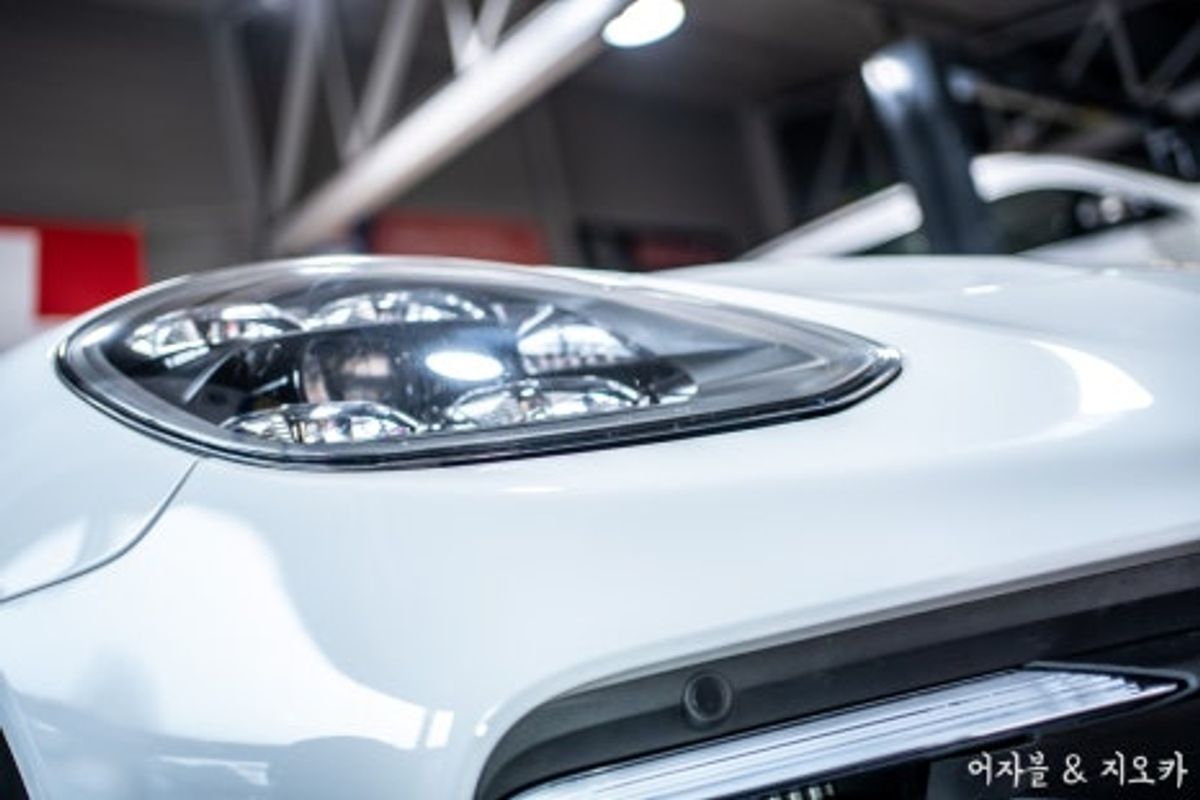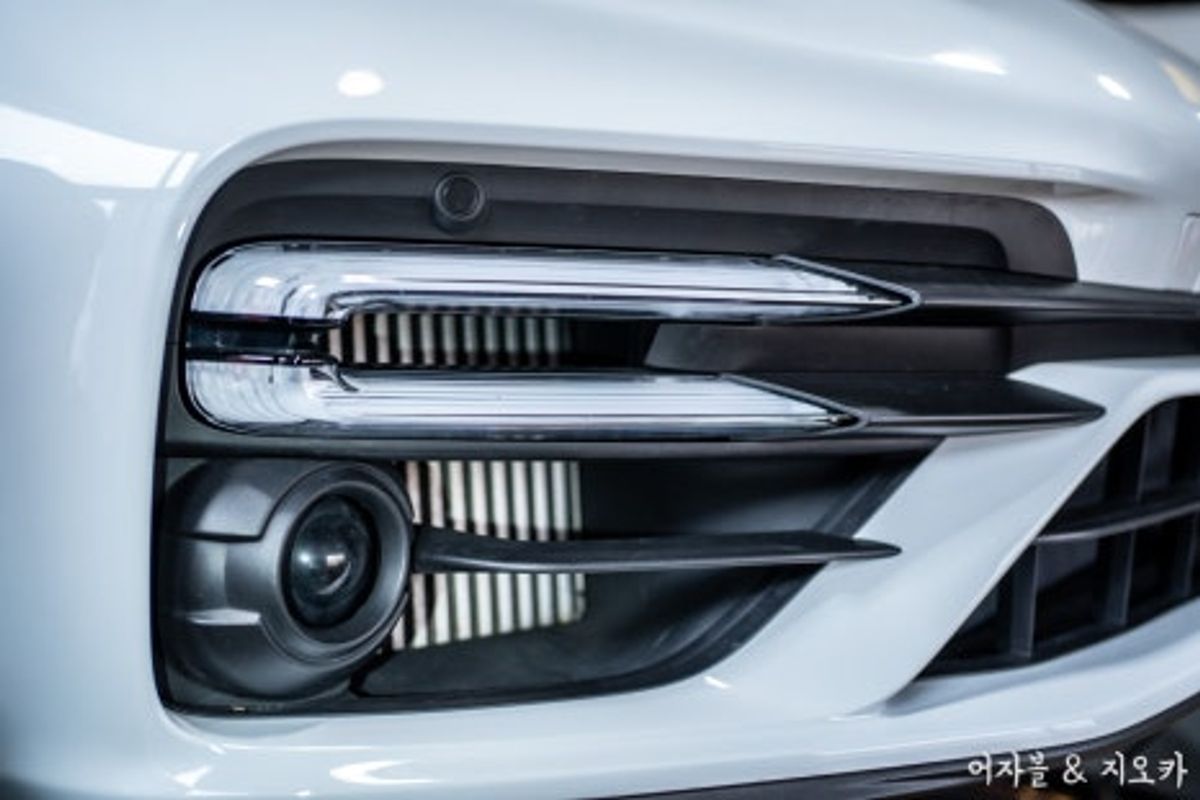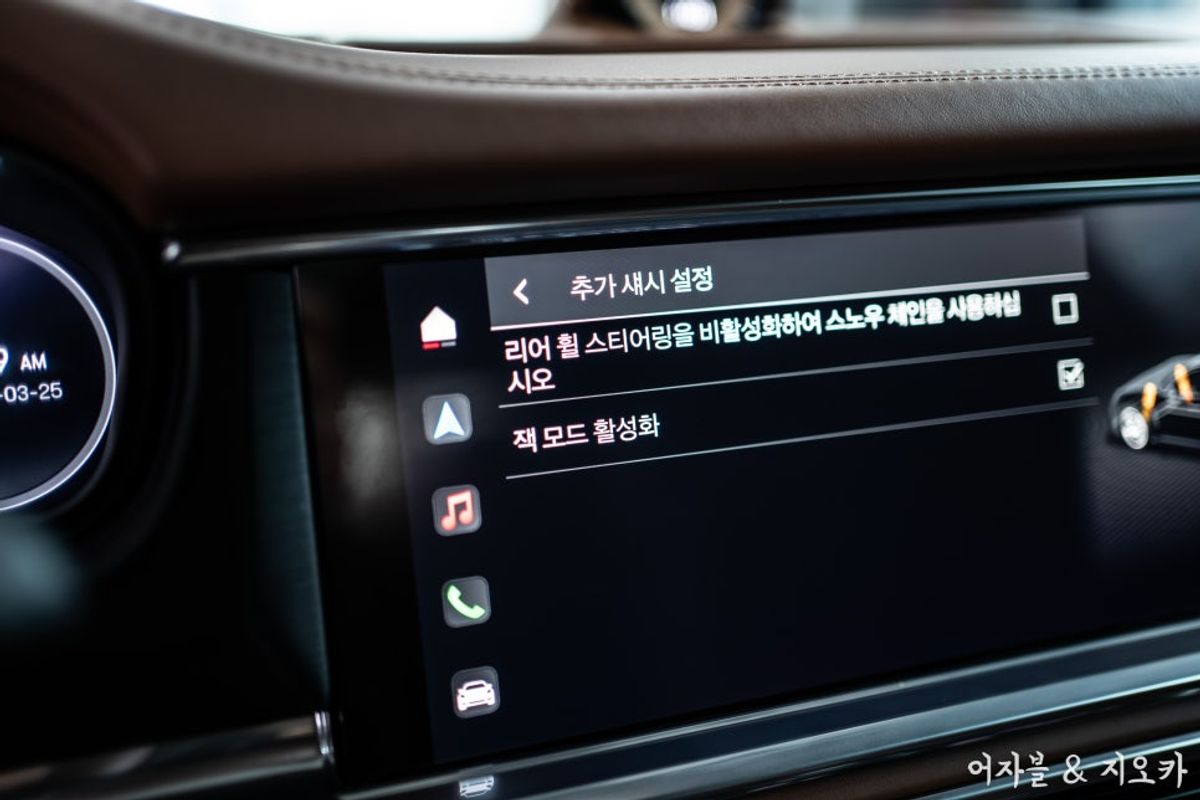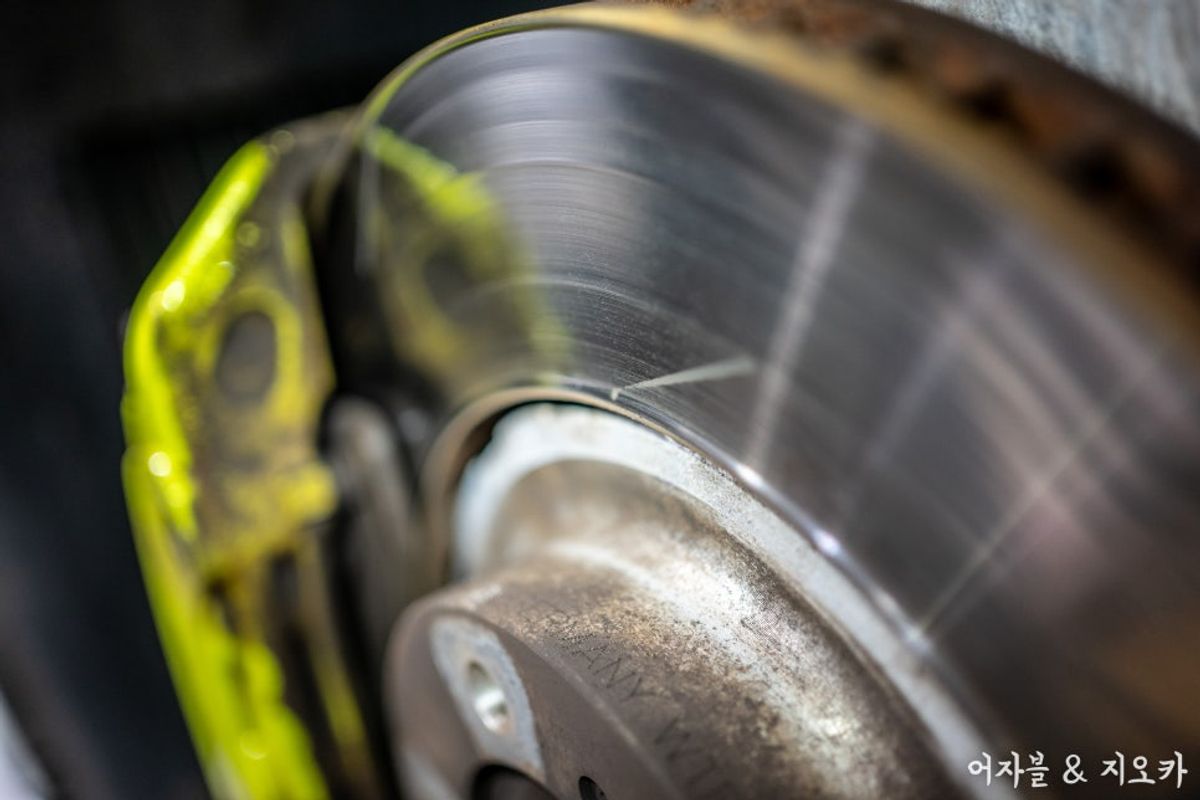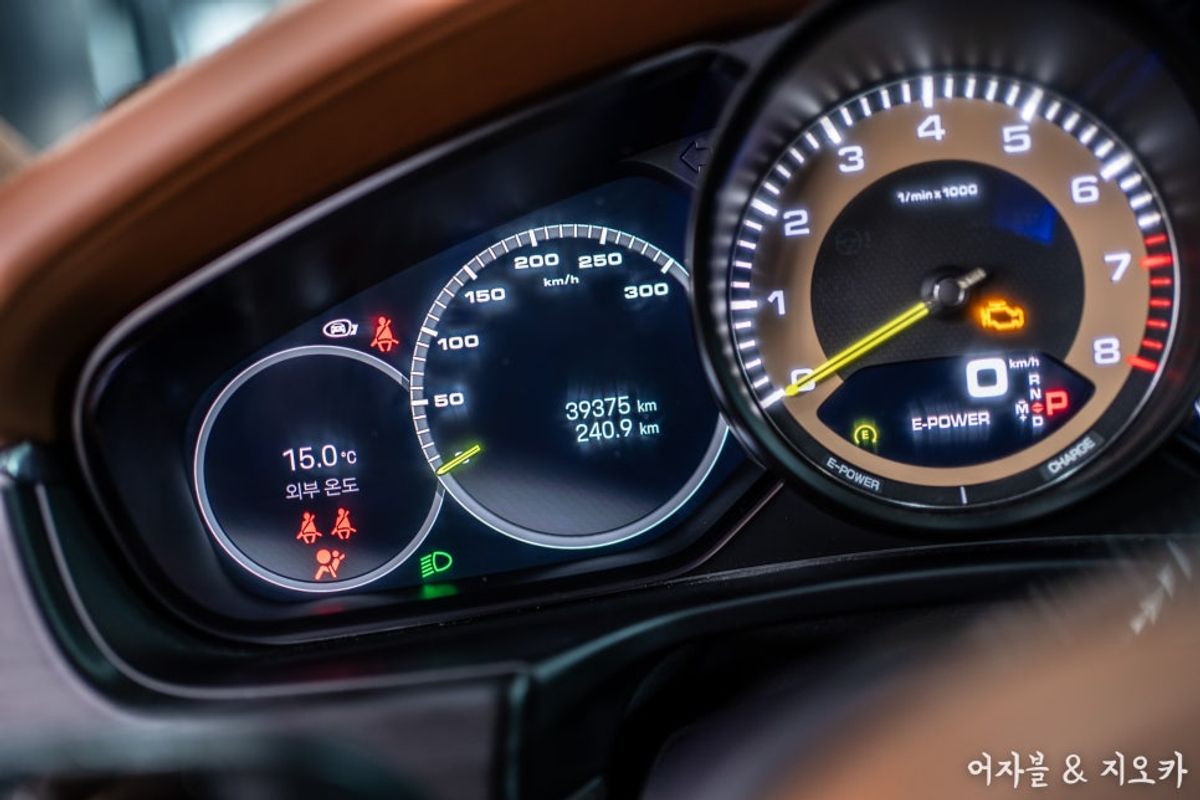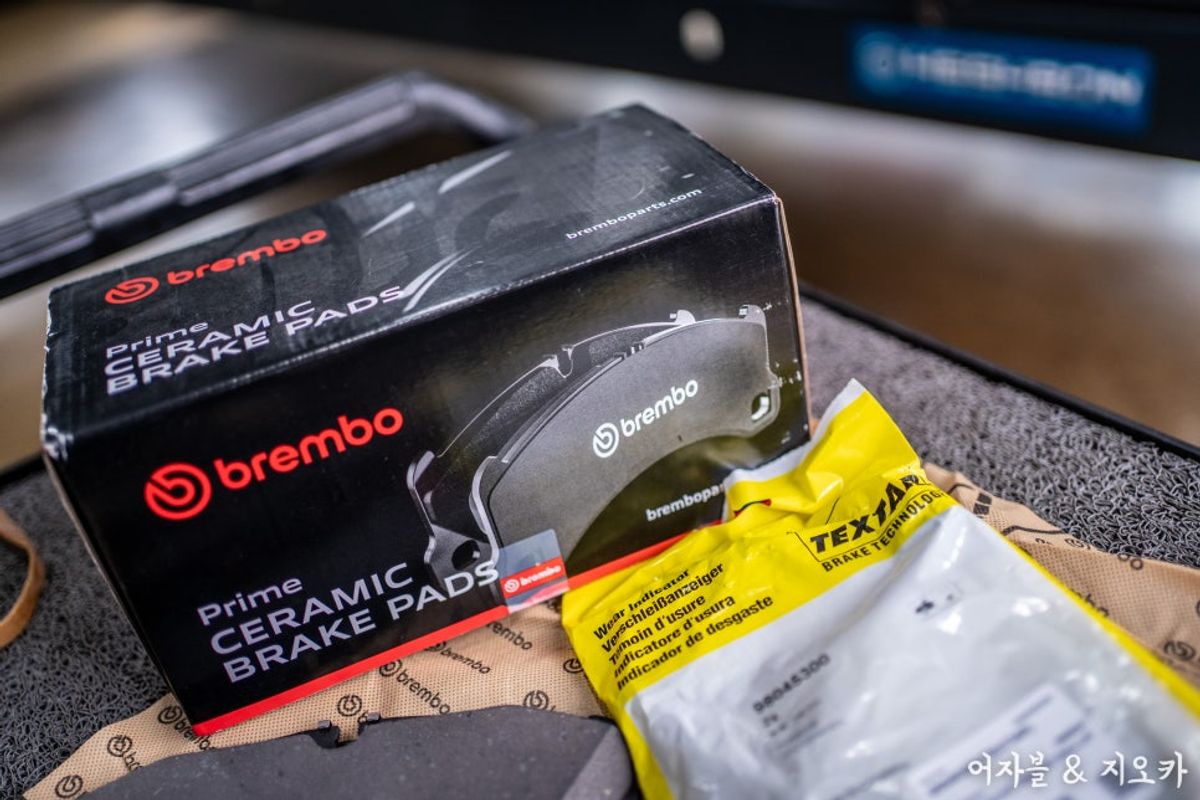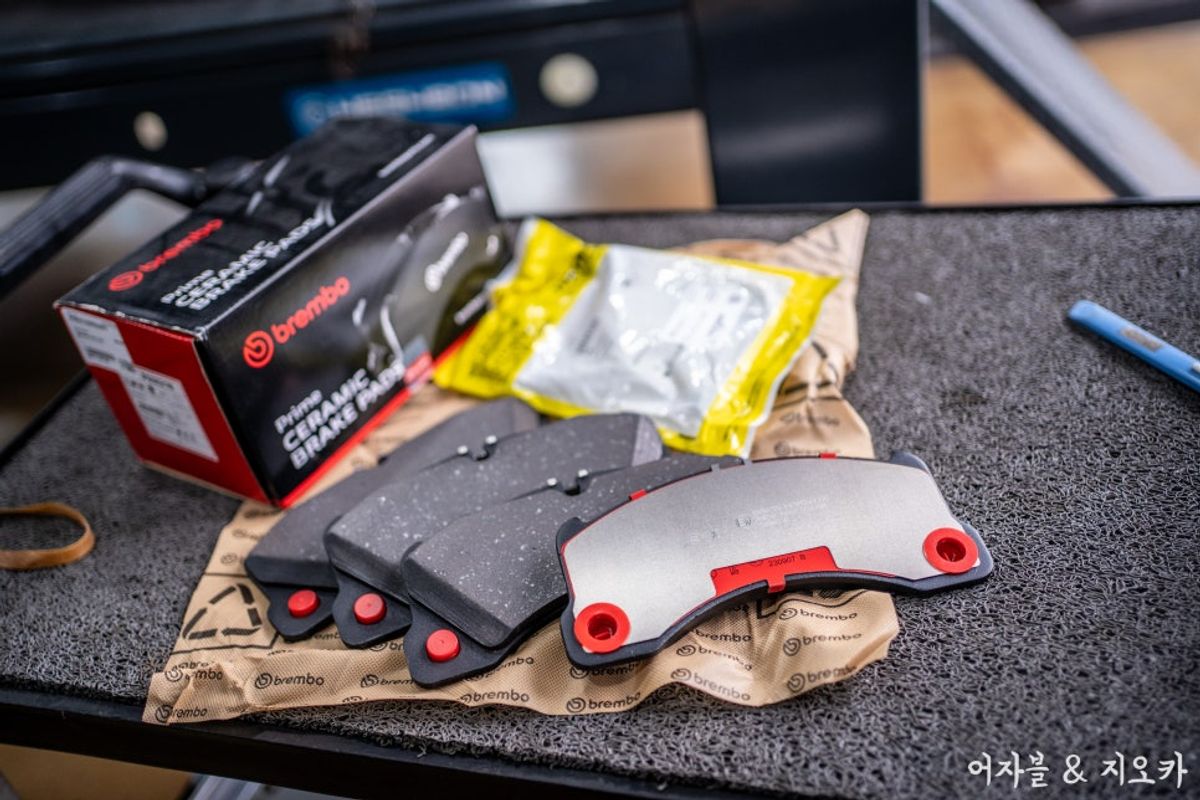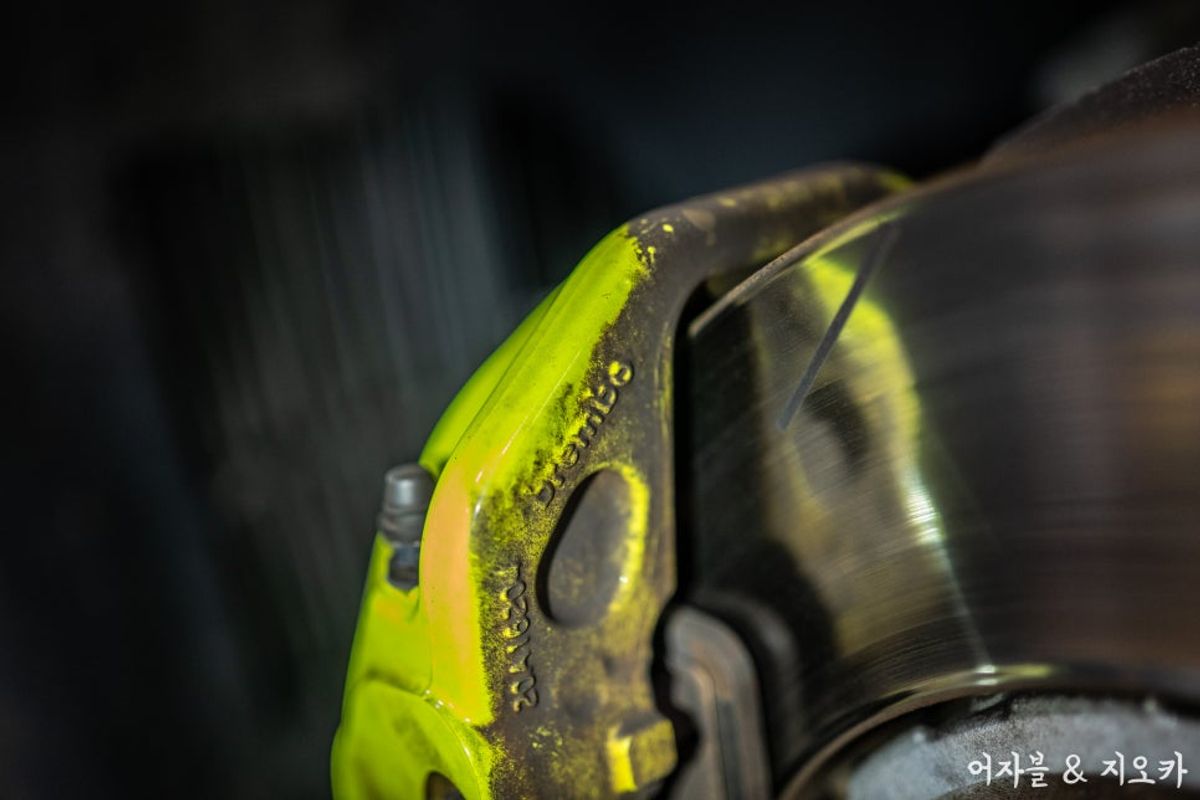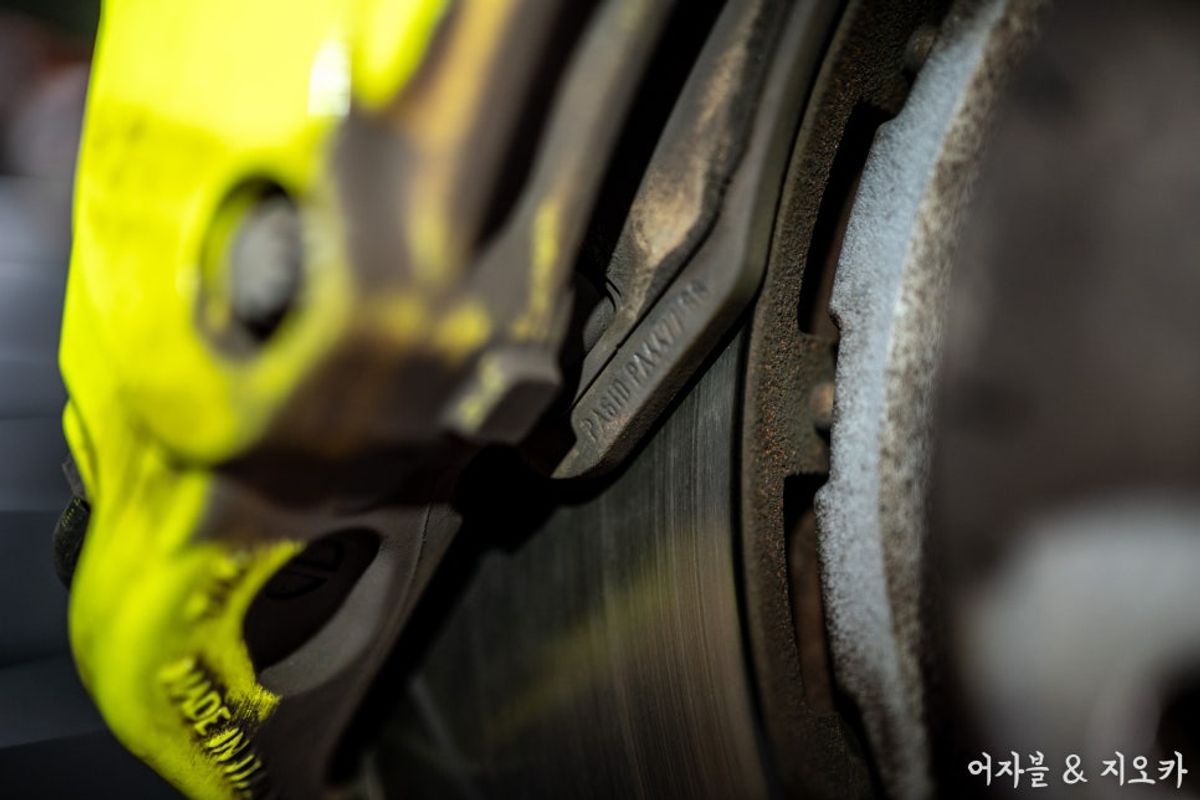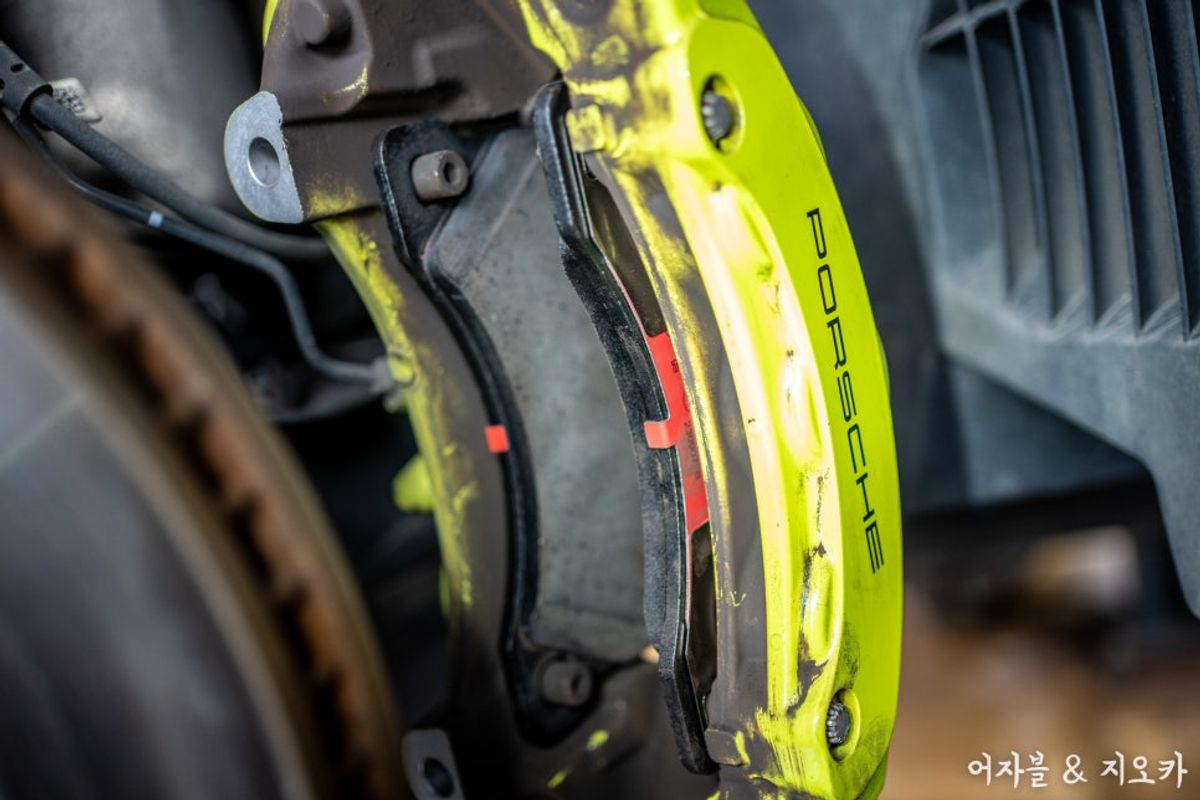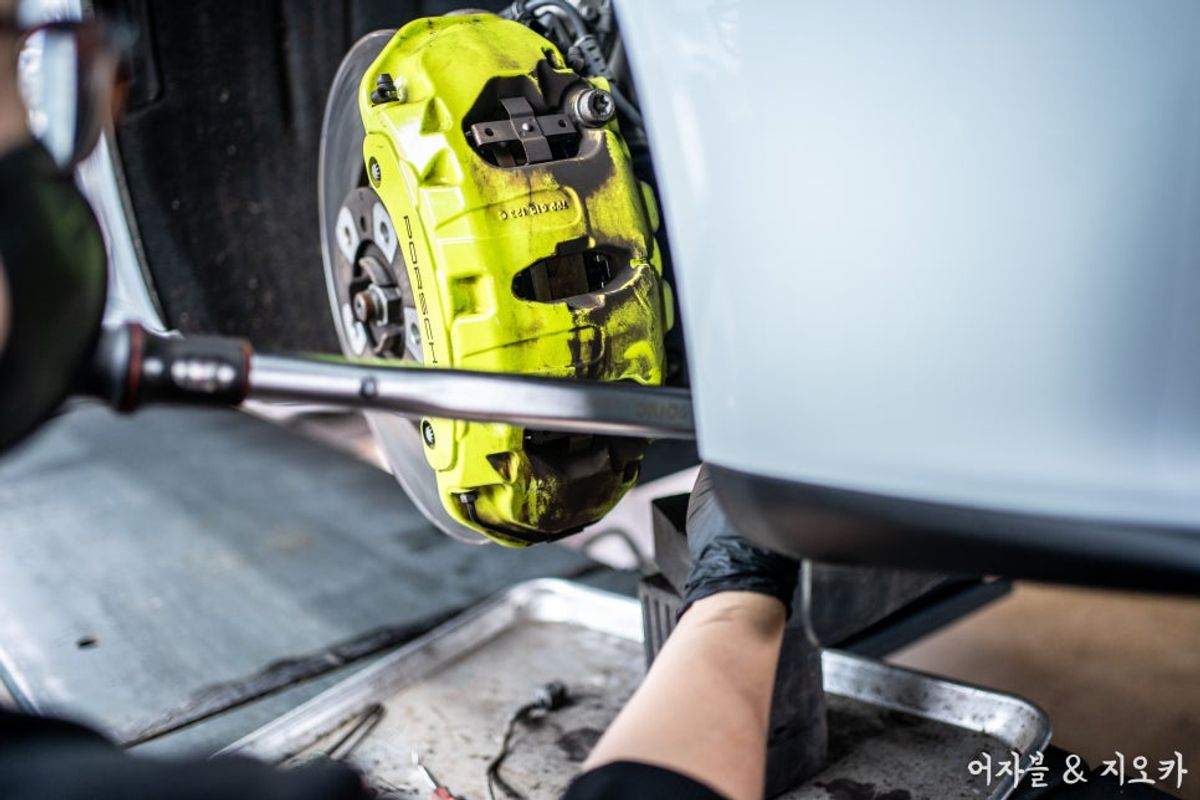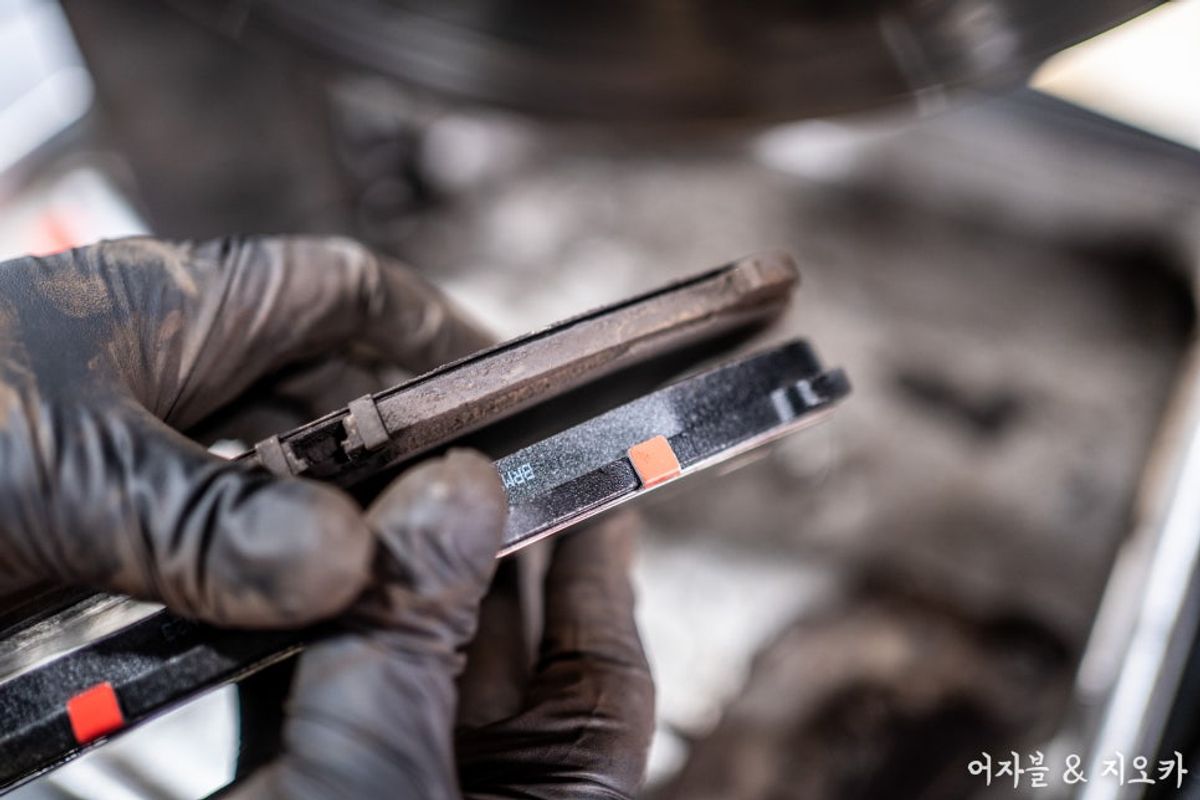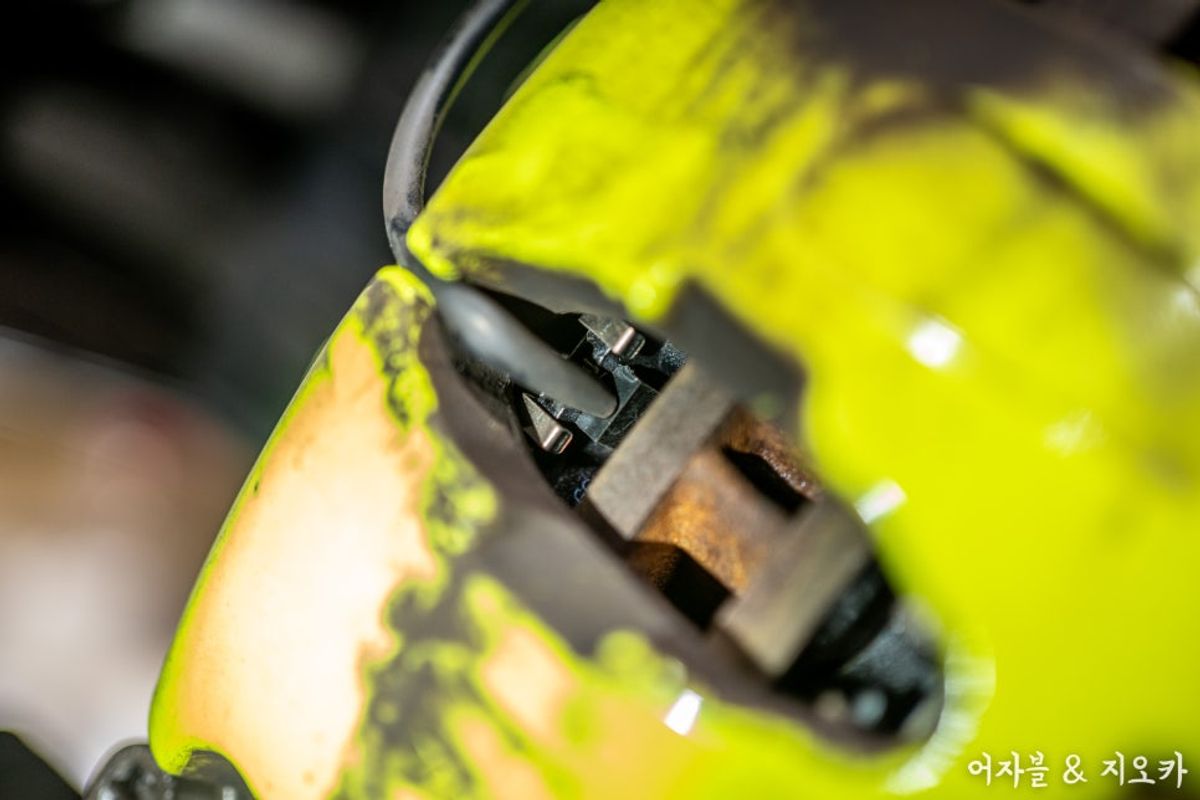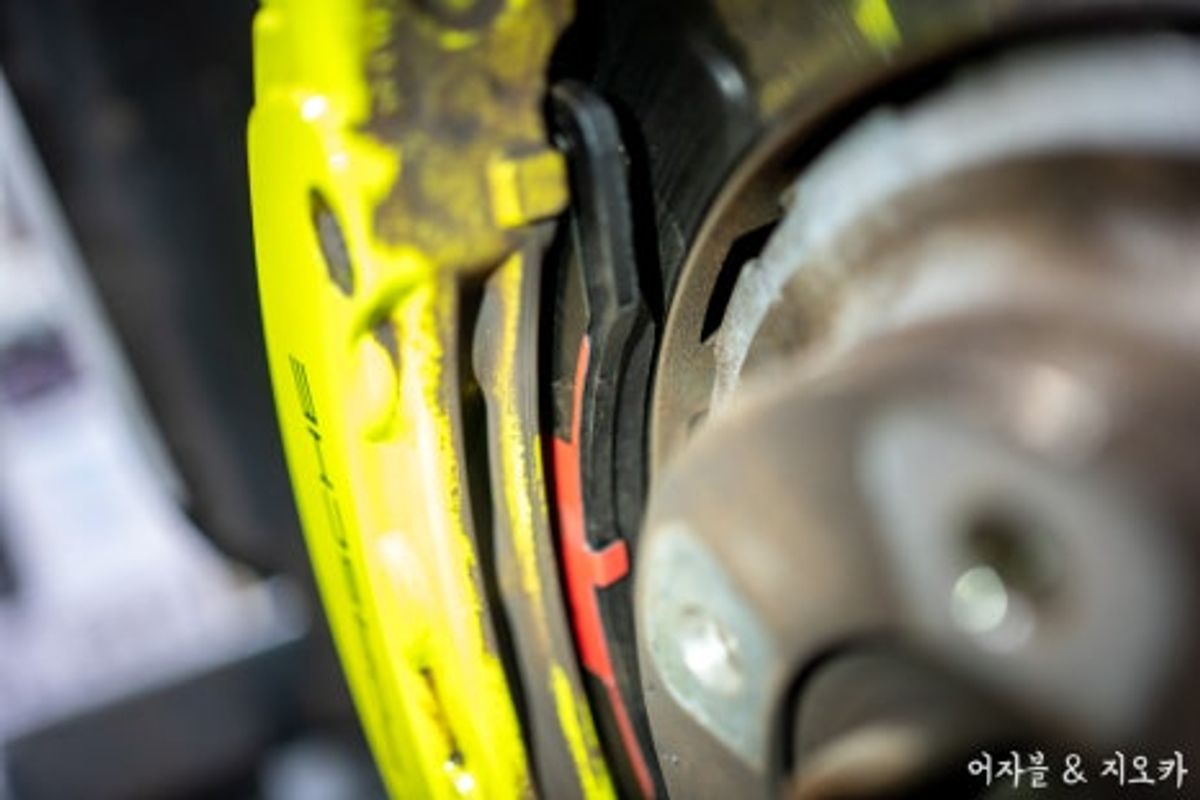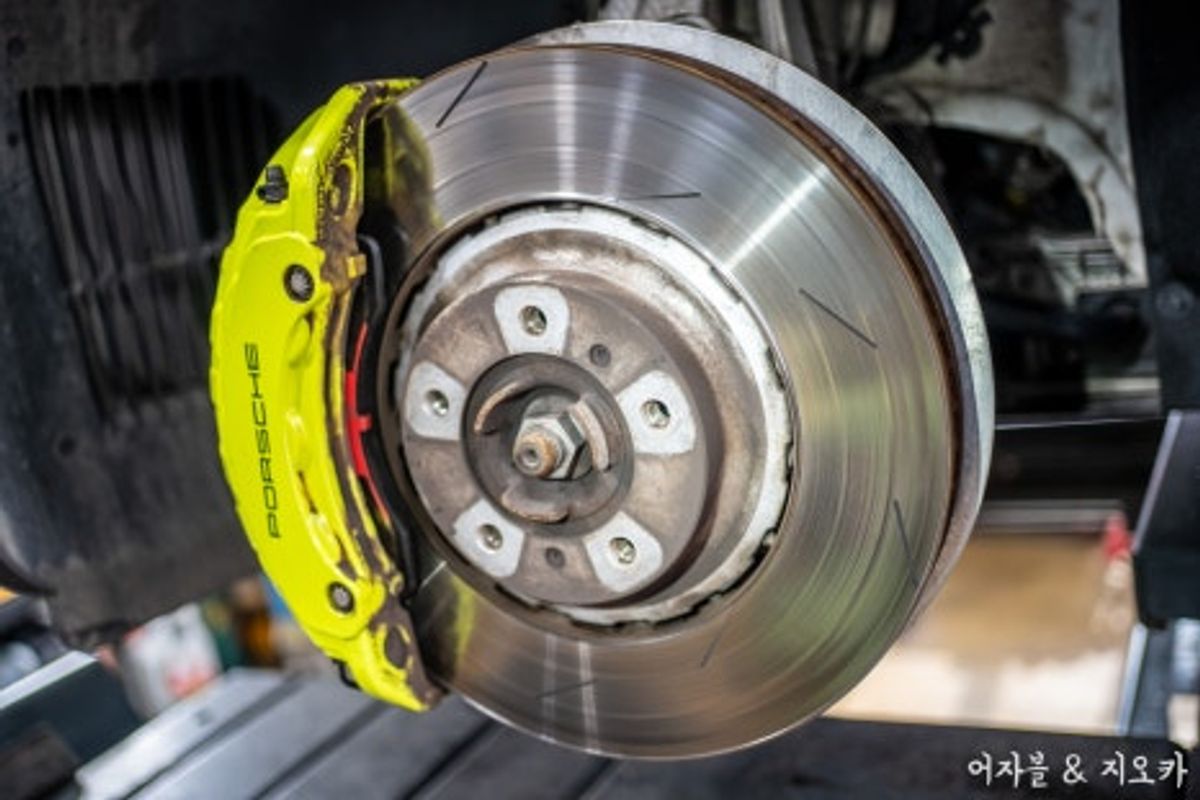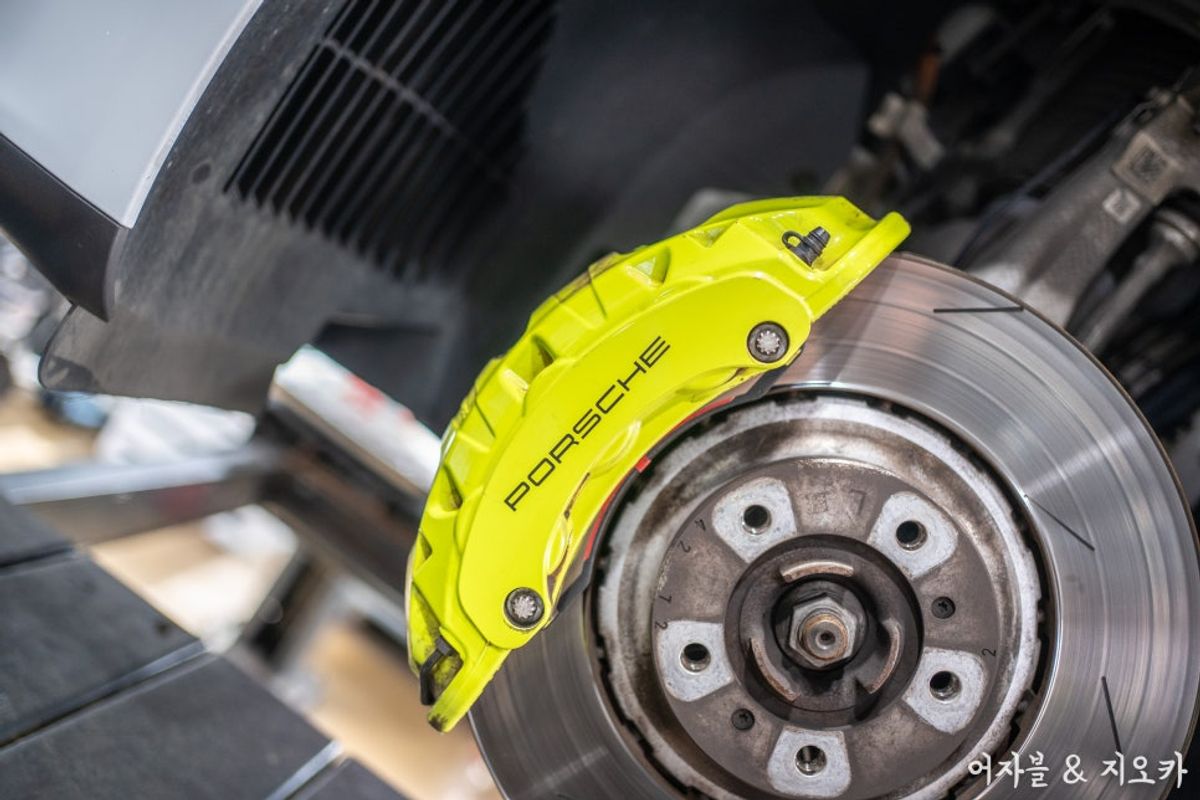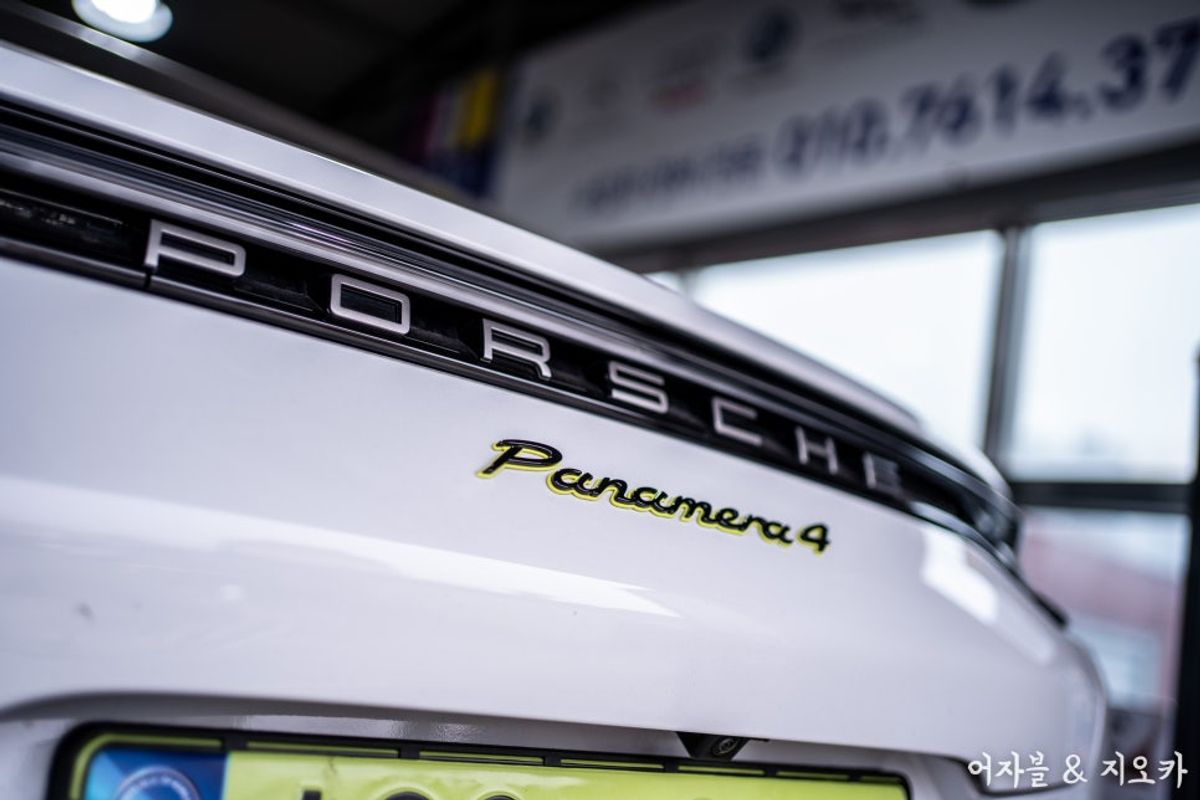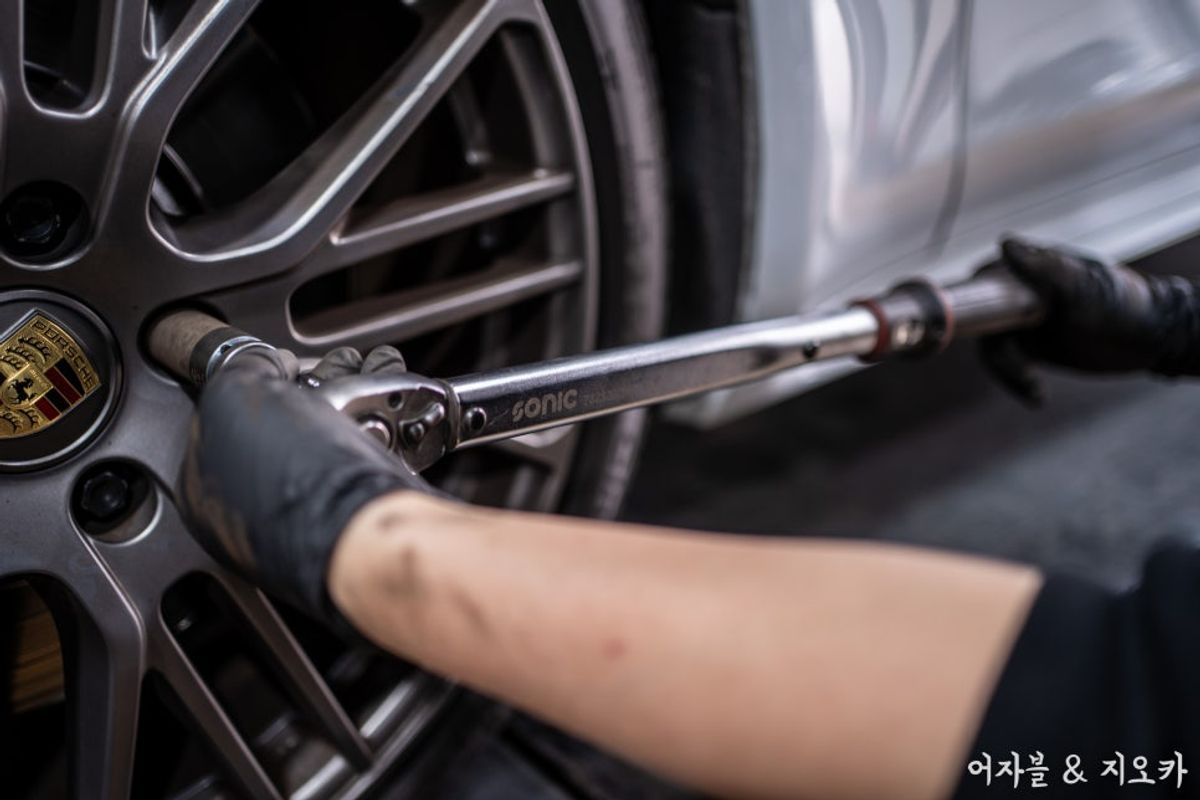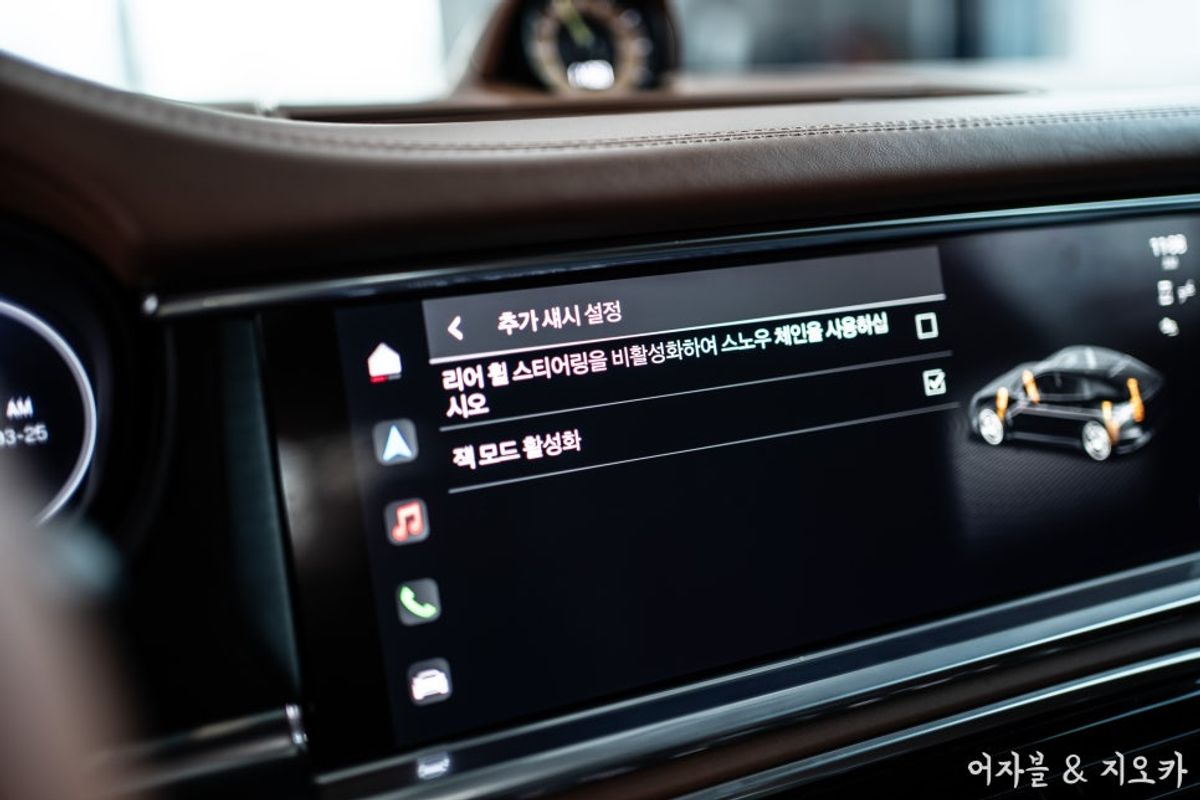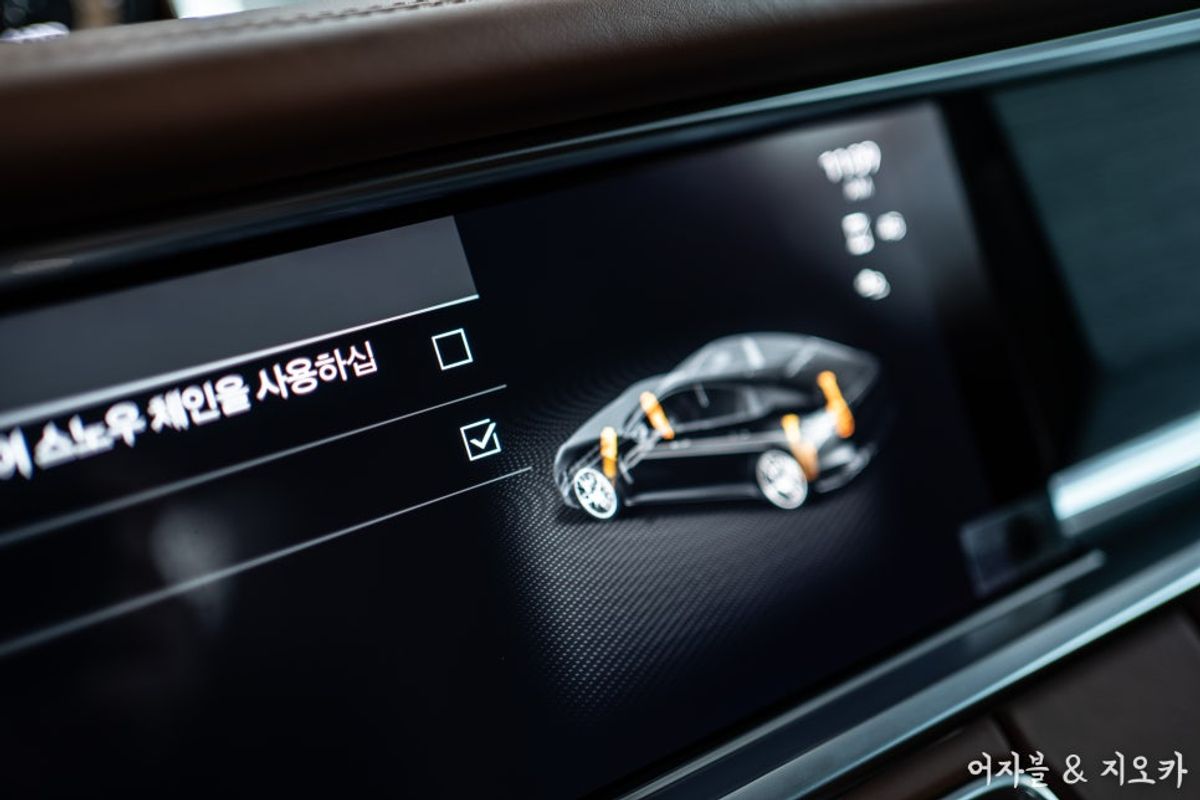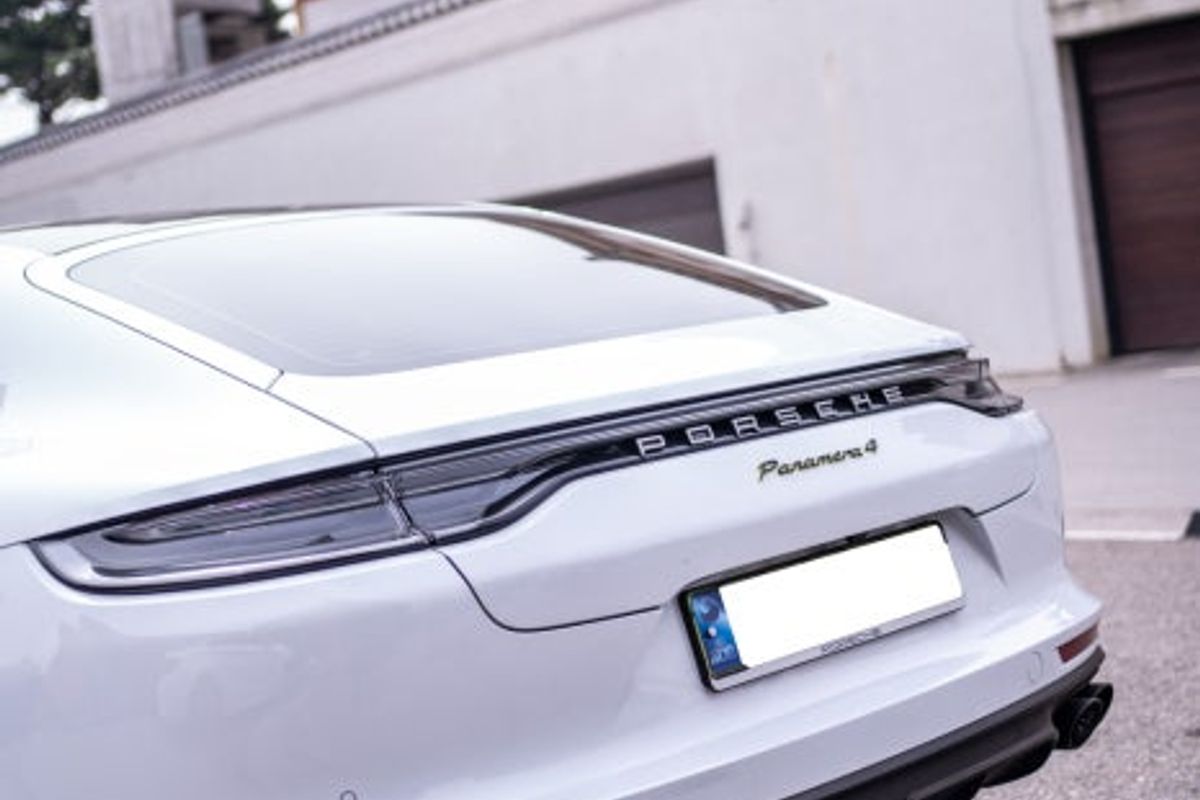A Porsche Panamera 971 owner recently reported that they received a warning about brake pad wear, indicated by a yellow circle alert on the dashboard.
Without panicking, the owner, familiar with imported cars, recognized that it was time to replace the brake pads and attempted to schedule an appointment at the service center, only to be told it would take about three months to get in?!
Seriously? Logically, if the brake pad warning light appears on the dashboard, you should schedule an appointment within at least ten days. Asking to come back in three months feels like telling someone not to drive their car at all!
So, I started looking for independent repair shops, and our store received an inquiry.
However, there’s another problem. The warning light only indicated that the pads were worn out, but it didn’t specify whether the front or rear pads needed attention...
To prepare for the brake pad replacement, we need to know which pads to order.
* Since brake pads differ by vehicle model, year, and chassis number, we can’t keep every type in stock. We need to know whether it’s for the front or rear to place an order. While it’s possible to do it, if you come in for a visit and we have to check it before working, it could take time for delivery, resulting in a long wait.
The owner, feeling frustrated, just asked us to order pads for both the front and rear.
BUT, we can’t pass the cost of parts onto the owner, so we decided to just receive enough for one Panamera and only work on the pads that need replacing after confirming during the visit.
Please find us often! ~★
This is a Porsche Panamera 971 that just arrived. It’s an E-Hybrid model with low mileage for its age.
To replace the brake pads, we need to lift the front wheels. Since it has an air suspension system, we start by setting it to "jack mode."
This temporarily disables the shock absorber function, allowing us to switch to maintenance mode. While we could work without it, air suspension systems can be sensitive and may trigger warning lights later on.
Keeping the jack mode activated, we proceed to inspect the brake pads.
What’s the result? The front pads are worn out!
The rear pads still have over 30% left.
However, the brake discs are worn and making quite a bit of noise. Anyone who drives an imported vehicle knows that distinctive brake sound...
Now, with about 40,000 miles on the car, the inner part of the disc is wearing unevenly to the point of starting to lose its surface.
There’s nothing difficult about this. If the discs also need replacing, we can handle that as well, but the issue is that these discs are quite expensive.
For the front, genuine Porsche parts cost around $1,000 each. If both sides need replacing, that’s about $2,000! As for OEM aftermarket options, we haven’t found any reliable ones yet.
The Porsche Panamera 971 E-Hybrid
Front pads / Brembo & sensor
by Gioca
The Porsche Panamera 971 E-Hybrid
Front pads / Brembo & sensor
by Gioca
After discussing with the owner, we decided to only replace the front pads, which showed significant wear on the sensor.
Upon checking the front specs, I noticed that the genuine calipers are Brembo, and the pads are Pagid.
Truly high-performance!
I would like to source the OEM Pagid pads, but they haven’t been released in the domestic market yet, so we’ll proceed with Brembo pads today.
The advantage of Brembo is its brand recognition for high performance and low noise. While it may not be the best in terms of performance, it generally offers high satisfaction among the public.
When replacing the brake pads on a Panamera, it’s necessary to remove the calipers for installation.
This process requires more attention than typical vehicles, and there are specific precautions to take during installation.
When securing the calipers, ensure that all bolts are tightened to the manual torque specifications and that the pad retaining pins are properly positioned. This will prevent any issues down the line.
Here’s a photo comparing the used pads to the new ones, for reference. Porsche pads are generally not very thick.
Now, we install the sensor.
This component alerts you when the brake pads need replacing, and once used, it must be changed.
1-time use only!
When installing the sensor, make sure to check for any gaps in the pad mounting area and organize the sensor wiring to ensure it doesn’t get cut while driving.
Although the parts are ordered accurately by vehicle model, there can be instances where the pads or sensors do not fit correctly.
For reference, this vehicle had a short sensor, so we reordered and installed a new one.
Both sides are now installed.
After thoroughly cleaning off the accumulated dust, we take a final photo... Click!
After reattaching the wheels and tires, we wrap up the job.
Don’t forget to deactivate the jack mode!
And then we take the car for a test drive.
This serves as a break-in period to check the performance and braking power.
The entire process took about an hour after the car arrived.
We completed the appointment and service quickly!
This was the Porsche Panamera 971 experience.
The increasing number of imported vehicles has led to a rise in service centers, but the supply is still far from sufficient compared to the number of sales, and prices are steep!
In such cases, consider using independent repair shops. You can save on maintenance costs and get everything done quickly!
If the opportunity arises, I hope we meet again someday. Today’s post ends here. Thank you!... That’s a wrap!

